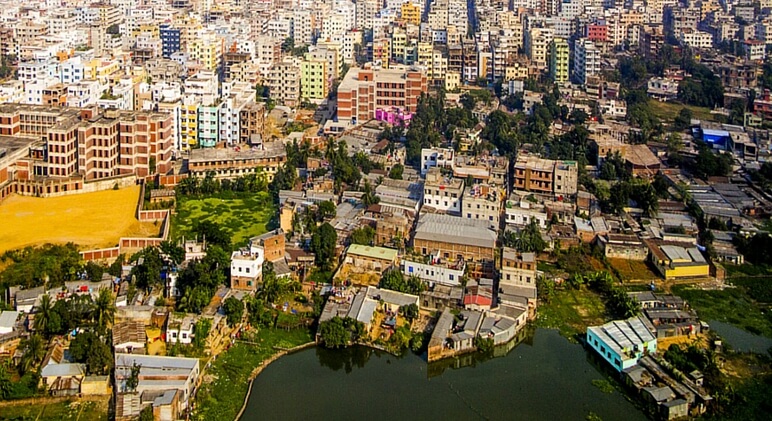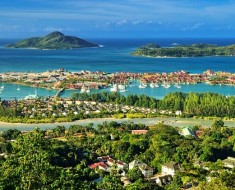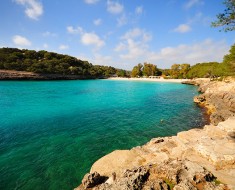Between rising temperatures, elevating sea levels, and other environmental changes, our planet is expected to look a whole lot different in a century from now. Some of the most popular tourist destinations are predicted to vanish. Entire countries may be under water. Find out 20 places to visit now before they are gone forever.
1) Maldives
As the lowest-lying country on Earth, Maldives features breathtaking beaches and world-class diving. Averaging around 5 feet above sea level, though, this beautiful island could be completely under water within the next 100 years if sea levels continue to rise.
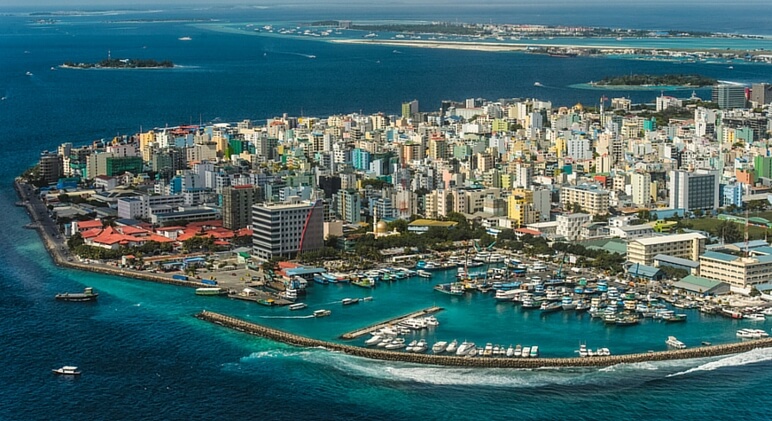
2) The Dead Sea
Rich in history, the salty Dead Sea is considered the world’s original health resort. For centuries, people have been visiting the Dead Sea to bathe in its mineral waters hoping to cure a wide array of ailments. If you would like to take a dip, you may have to hurry. In the last 40 years, the lake has shrunk approximately 30 percent and sunk 80 feet. If things continue at this rate, the Dead Sea is predicted to be gone in 50 years.
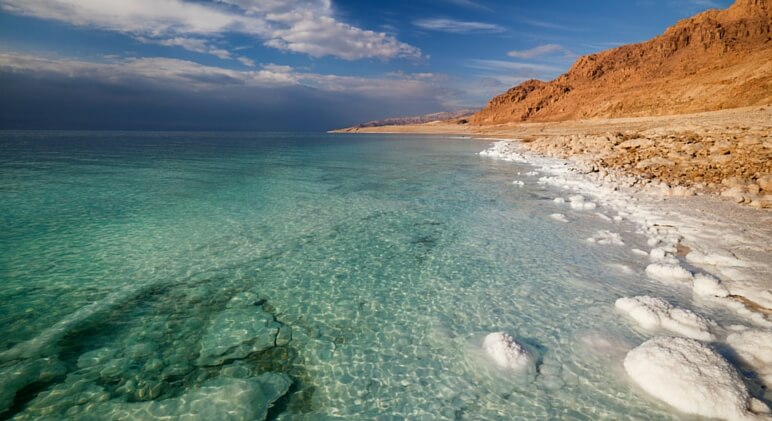
3) Great Barrier Reef
Located off the coast of Australia, the Great Barrier Reef is the largest coral reef in the world. It covers more than 133,000 square miles. Due to an increase in pollution and rising ocean temperatures, however, these breathtaking views are expected to vanish within the next 100 years.
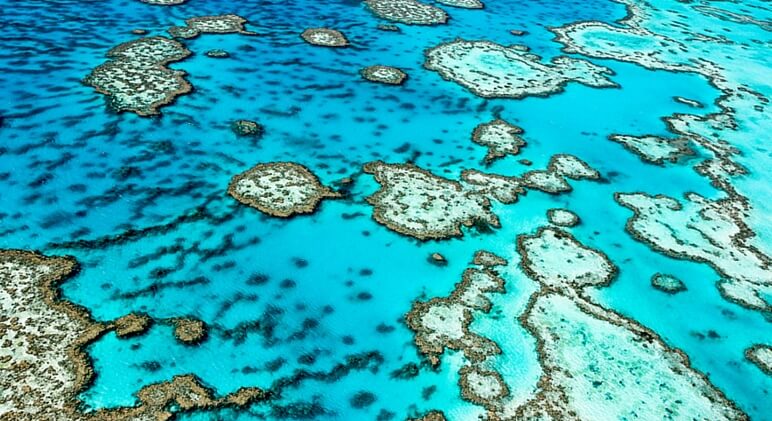
4) Venice, Italy
Ahhhh, the romance! Venice, Italy has long been known as a romantic city where couples can enjoy gondola rides down long canals. However, the “City of Water” may hit rough waters. Reports indicate the city is sinking five times faster than once thought. Add rising sea levels to the equation and you get a scary mix. Additionally, there’s been an uptick in severe floods every year, leaving many people to question what the future will hold.
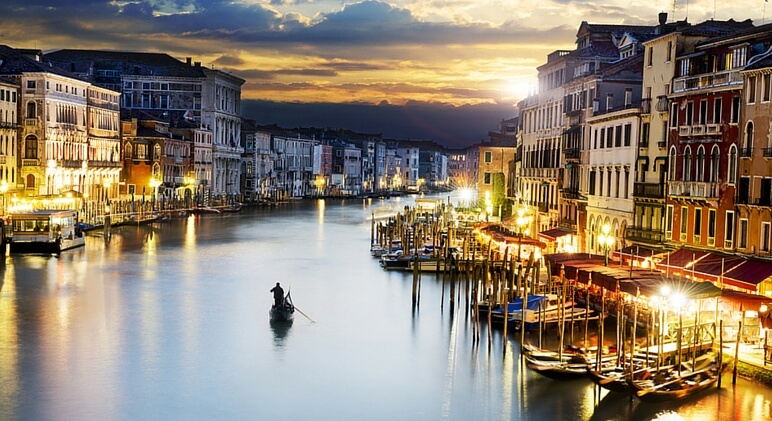
5) Glacier National Park
In 1850, Glacier National Park In Montana was home to more than 150 glaciers. Today, that number has shrunk down to just 25. Scientists believe rapid climate change will cause the number of glaciers to dwindle down to zero by 2030. Not only will this change the look of this stunning park, it will also drastically change the areas ecosystem.
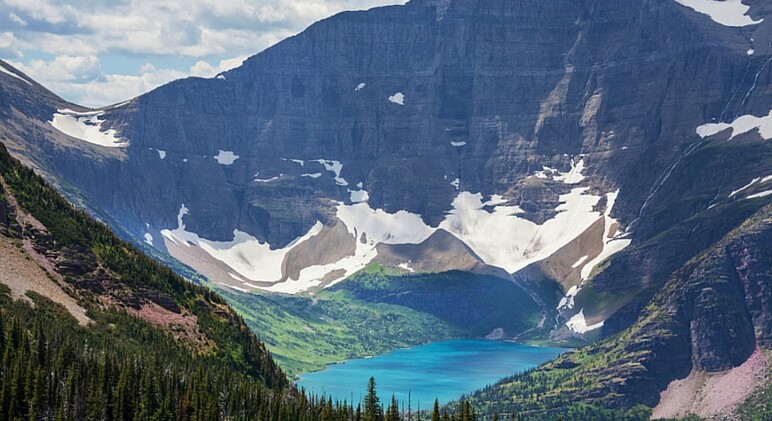
6) The Alps
Located in Austria, the Alps are a favorite skiing destination. If you want your day down the slope, though, you may want to book now. Scientists say global warming is hitting the area hard. According to scientists at the University of Innsbruck’s Institute for Ecology, if glaciers continue to melt at around three percent every year, most glaciers could disappear by 2037. That means alpine skiing will vanish.
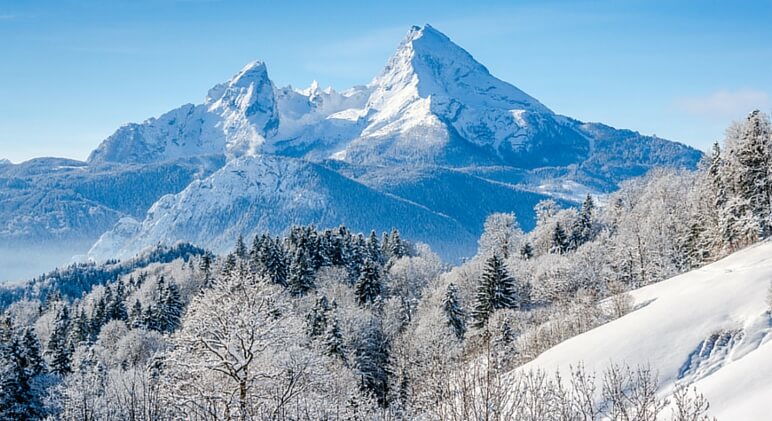
7) Seychelles
If you like island life, then you will love the Seychelles. The Seychelles is a collection of around 115 islands located in the middle of the Indian Ocean. Along with beautiful beaches, the area features luxurious resorts. Due to beach erosion and rising sea levels, though, scientists believe the area will be completely submerged in water in 50-100 years.
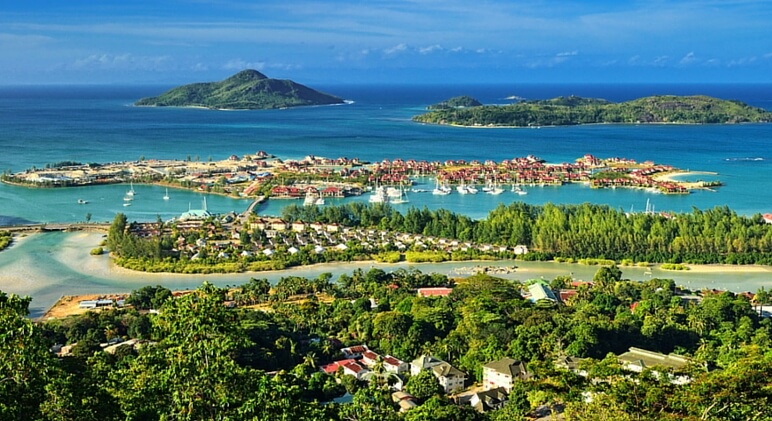
8) Magdalene Islands
Located in Quebec, Canada, the Magdalene Islands are a destination filled with sandstone cliffs and beautiful beaches. While it’s a hot spot for travelers, the island’s coast is currently eroding at speeds of up to 40 inches a year. Since a protective layer of ice is also melting away, scientists predict the area could be in serious danger over the next 75 years.
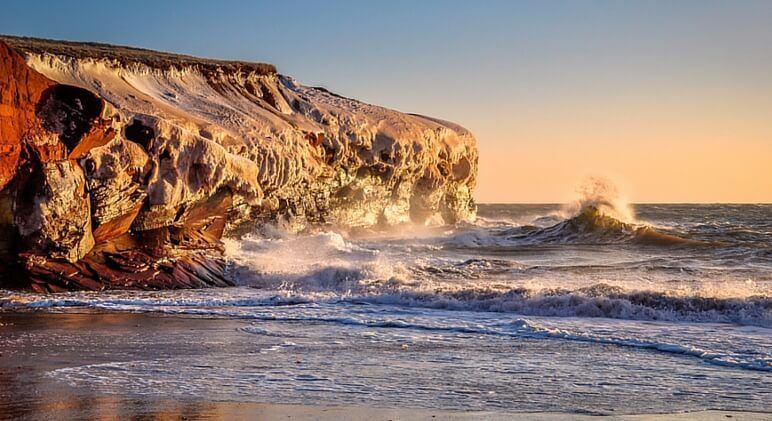
9) Alaskan Tundra
As global warming heats up, Alaska is getting hit hard. Experts say temperatures in this area are rising twice as fast as the rest of the world. Not only will the look drastically change, but so will the ecosystem. As the ice thaws, polar bears feel a direct result. According to the National Climate Assessment, polar bears may disappear in our lifetime.
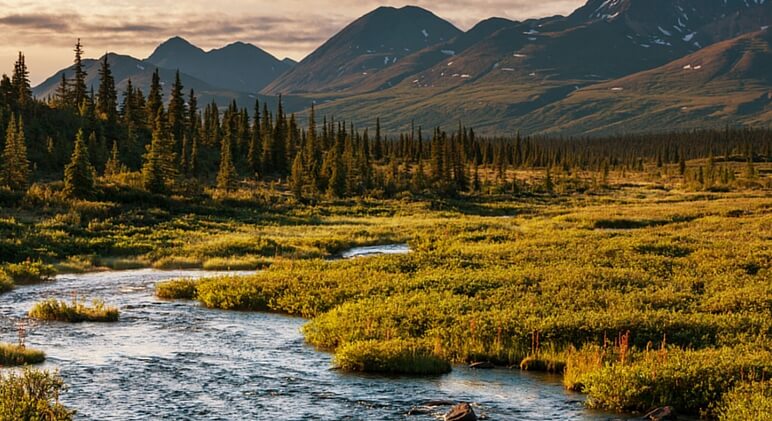
10) New Orleans
Mardi Gras celebrations and live music — that’s what many people think of when they hear someone mention New Orleans, Louisiana. Experts say parts of the Louisiana coast are already vanishing, though. With temperatures and sea levels rising, they believe the future of New Orleans could be in serious danger.
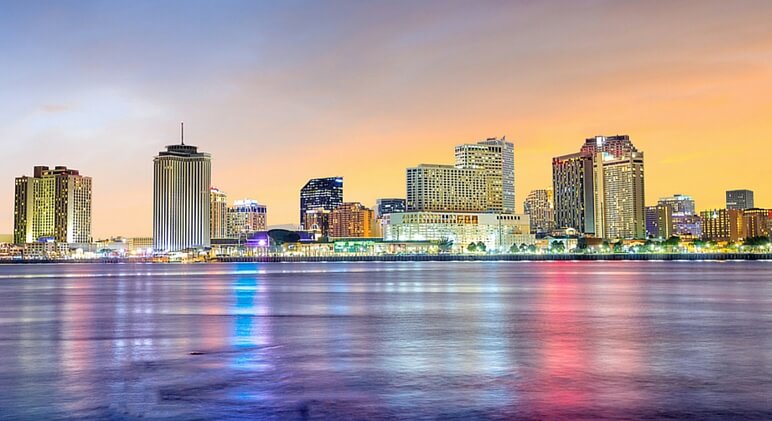
11) Jamestown, Virginia
Jamestown, Virginia is rich is American history. Filled with museums, the area is dubbed America’s birthplace. Soon, though, people may only be able to experience the landmark in the pages of a history book. According to experts, as the sea level on the Virginia Coast continues to rise, the area will continue to change. Due to global warming, parts of the area have already been lost.
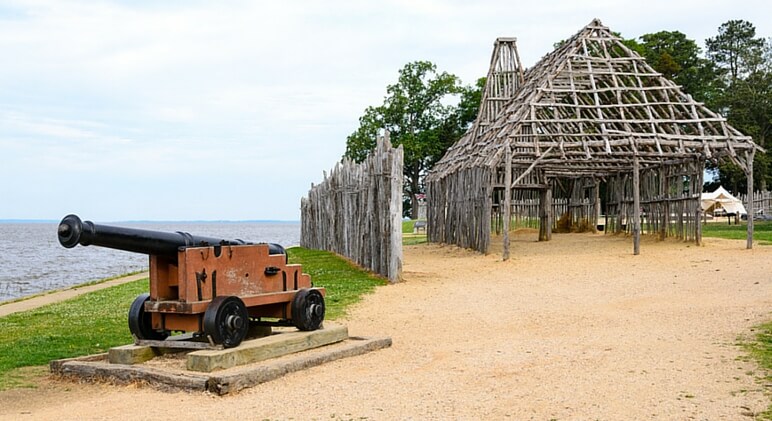
12) Fort Jefferson, Dry Tortugas
Located near Key West, Florida, you will find the largest masonry fortification that the United States has ever built. It features pristine water and sea life. Fort Jefferson, Dry Tortugas is predicted to get hit hard by global warming, though. The warmer air and water temperatures are expected to cause harsher and more frequent storms. This means one day the historic site may vanish.
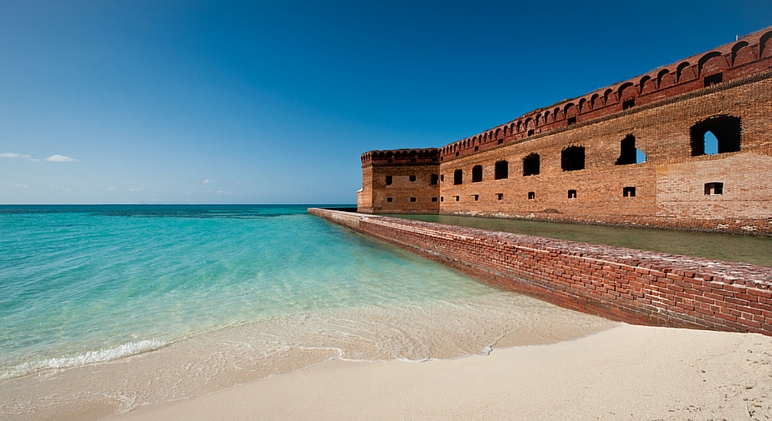
13) Great Blue Hole
The Great Blue Hole in Belize is one of the most stunning sights you will ever see. This large sinkhole is a scuba diver’s paradise. Well, for now anyway. Belize has offered up 99 percent of its water to offshore drilling. That includes the Great Blue Hole. An oil spill could be fatal for the area.
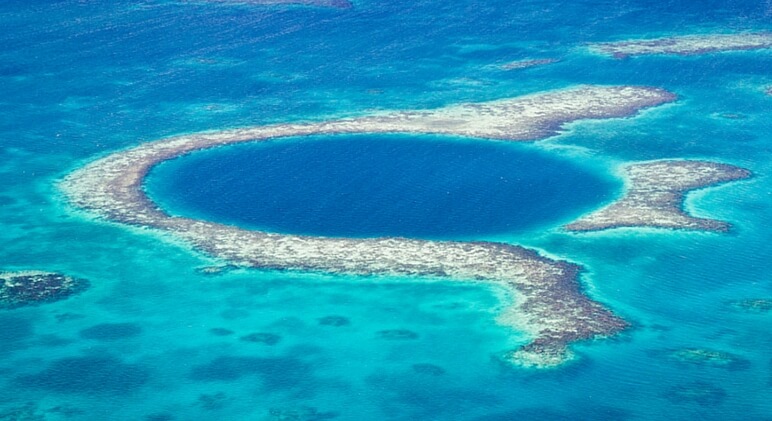
14) The Coral Triangle
This breathtaking ecosystem is shared by several places: Indonesia, Malaysia, the Philippines, Papua New Guinea, Timor-Leste, and the Solomon Islands. It features about 2,000 species of reef fish, more than 100 sharks and rays, and dozens of marine animals. In other words … it’s another scuba diver’s paradise. Experts say the rising sea temperatures and levels are harming the delicate ecosystem, though. If something isn’t done to reduce CO2 output, it’s predicted that less than 30 percent of this region will exist in 2050.
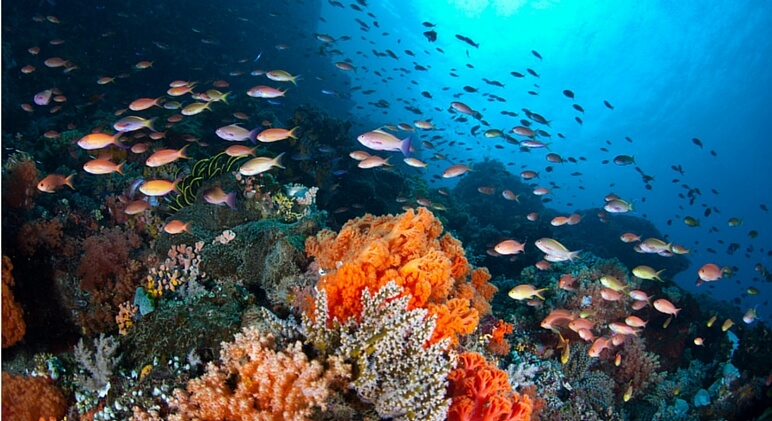
15) The Ecuadorean Amazon
The Amazon in Ecuador is another gorgeous destination that is being threatened by oil drilling. Between oil extraction and other construction, experts say hundreds of thousands of acres of tropical forest are in danger.
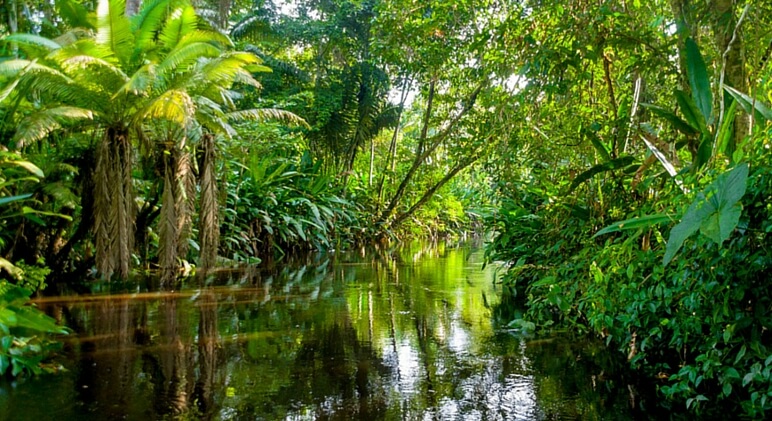
16) The Tarkine, Tasmania
Located in Australia, this is the largest remaining cool climate rainforest. It features valuable metals like gold, copper, and iron. Plus, dozens of endangered species call the destination home. That could all change, though. Mining companies are extremely interested in Tarkine and plan to start developments in the area. Tasmania’s government heard proposals for new open pit mines over the next five years and an additional 60 licenses for mineral exploration. If the brakes aren’t pushed on these plans, plants and animals in the area will be uprooted.
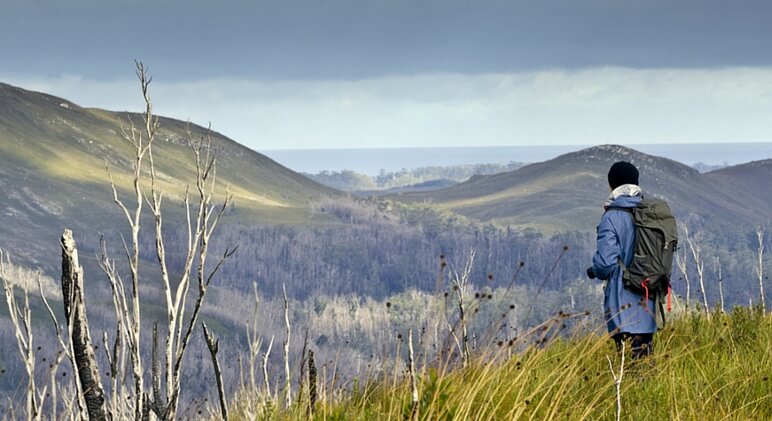
17) Athabasca Glacier
Located in Alberta, Canada the Athabasca Glacier is the most visited glacier in all of North America. Scientists say, over the last 125 years the popular glacier has been melting. While it’s already receded about a mile, the ice is now melting at a rate of about 6.6 to 9.8 feet a year.
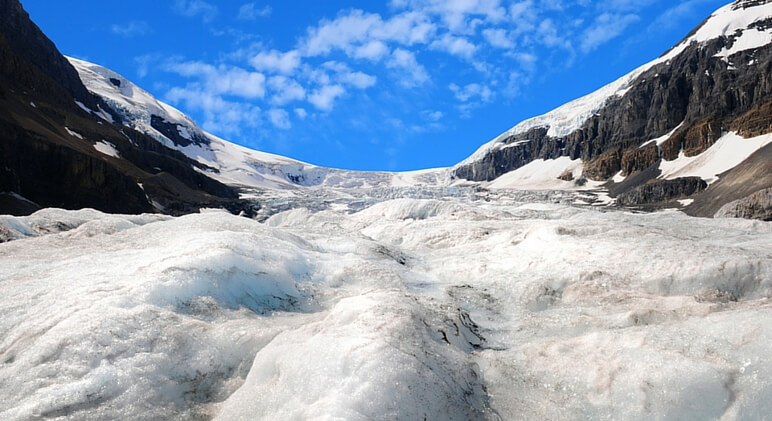
18) Torres del Paine National Park, Chile
A trip to the Torres del Paine National Park in Chile is perfect for people who love the great outdoors. Visitors can hike, bike, kayak, and horseback ride through the beautiful mountain glaciers. These glaciers, however, are predicted to look a lot different in the coming decades. A study conducted by Nature Geoscience determined that the glaciers are melting at a rate of about 450 feet every year. Researchers say it’s due to climate change.
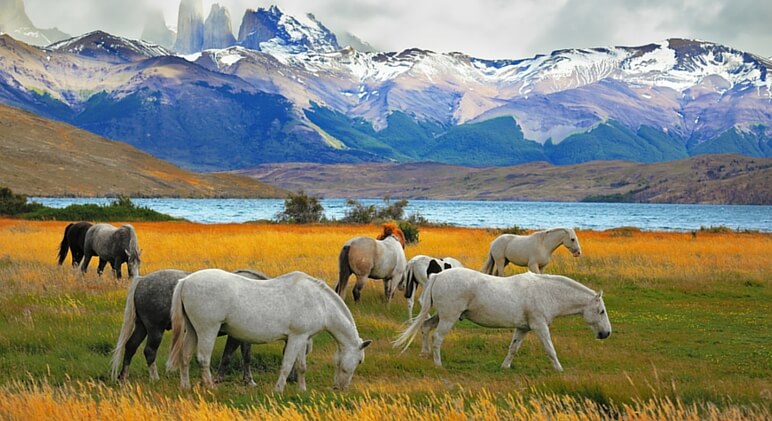
19) The Indian Himalayas
Rich in history, culture, and the great outdoors, a trip to the Indian Himalayas is one you’ll never forget. Tourists and wildlife in the area, though, could experience some deadly changes. Experts say global warming is having a significant effect on the area. They estimate that in our lifetime, 30 percent of the areas snow leopards population will be gone.
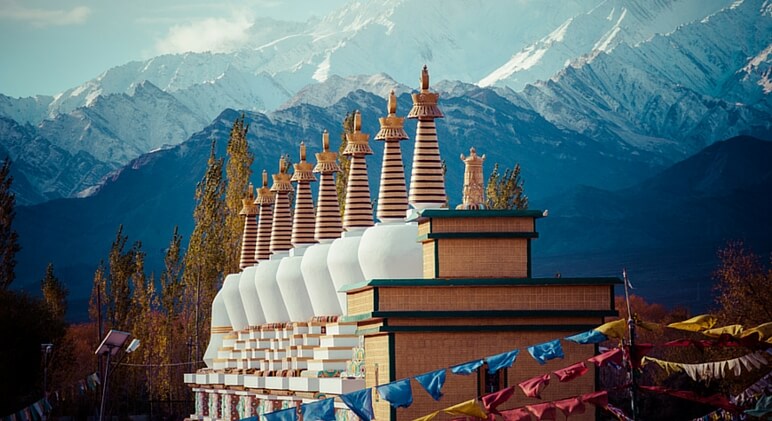
20) Bangladesh
Bangladesh may not be high up on your “Places I want to travel to” list. But if you did ever want to explore the area, now would be the time. Along with being situated in the heart of the monsoon belt, Bangladesh is near to sea level. In fact, experts say about 50 percent of the area would be flooded if the sea level were to rise by just one meter.
